Members save 10% or more on over 100,000 hotels worldwide when you’re signed in
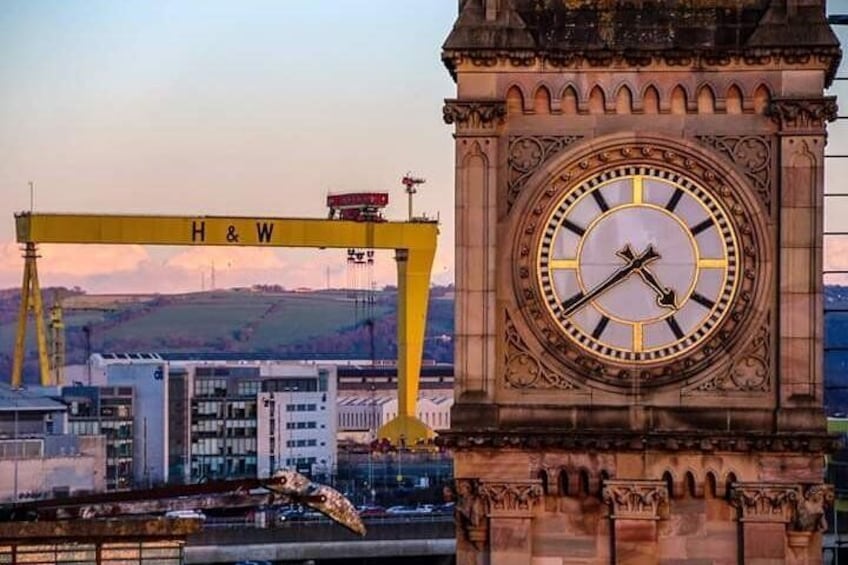
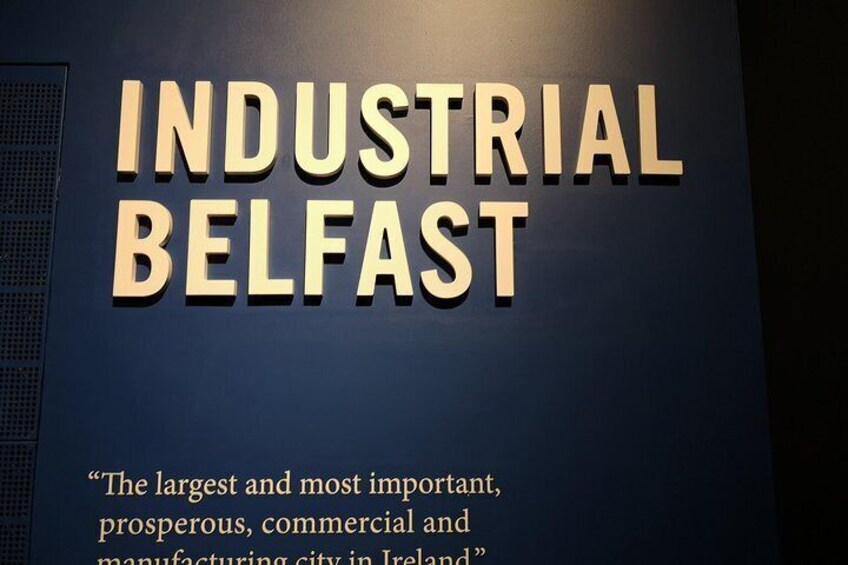
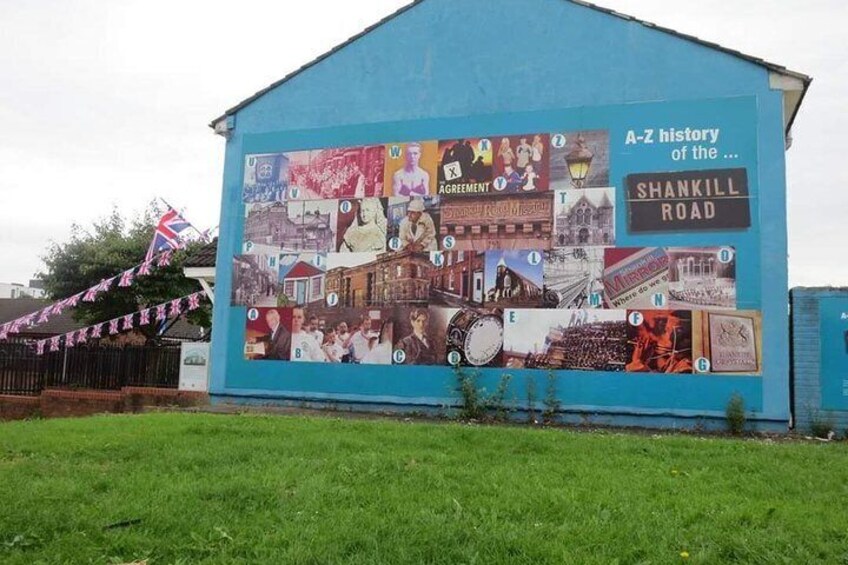
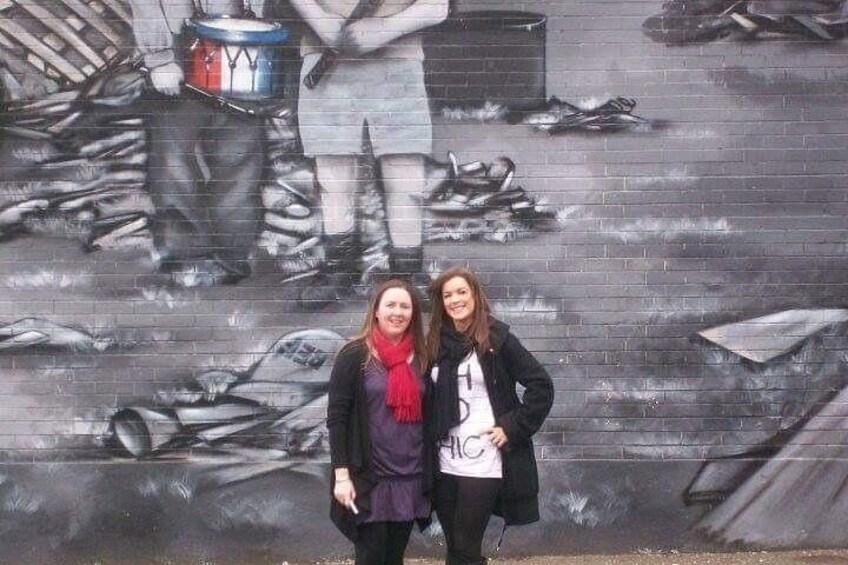
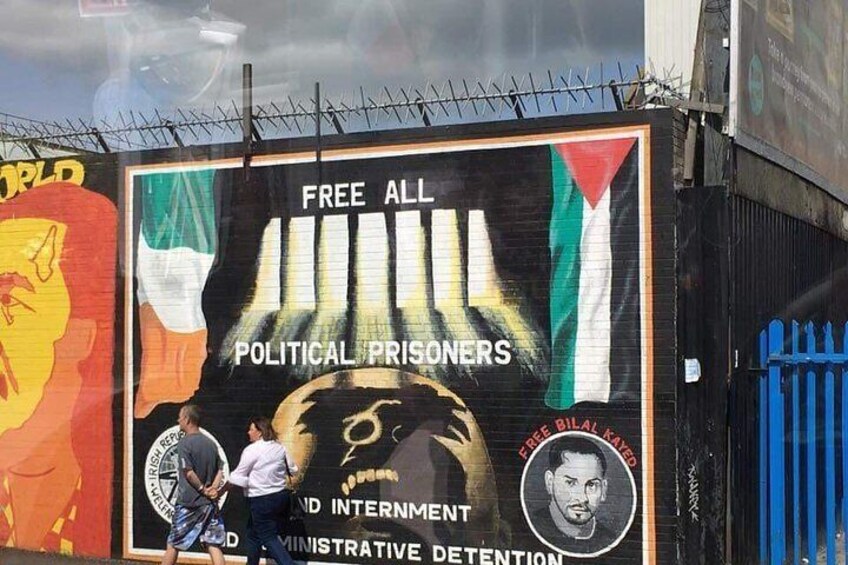
Private Belfast Explore Like a Local
8.6/10
8.6 out of 10Features
- Free cancellation available
- 3h
- Mobile voucher
- Instant confirmation
- Selective hotel pickup
Overview
Tour along the lime trees at Belfast's Most Exclusive Private Address Malone Park! Appreciating the historical context of Belfast’s conflict-related attractions can be tricky on a self-led tour. Benefit from the undivided attention of your guide on a private tour of the city's Leading Sights and Top Landmarks including murals, and gain intimate insight into landmarks such as the Working Class Catholic Republican Falls Road & the Protestant Loyalist Shankill Roads, Belfasts amazing murals and politically charged street art, St Peters Cathedral as well as St Anne's cathedral, Belfast Castle and Titanic Quarter. Transfer between dispersed points of interest with ease via private vehicle, and relax with hotel/Cruise Ship pickup and drop-off included.
Activity location
- Botanic Gardens
- College Park,
- BT9 5AB, Belfast, United Kingdom
Meeting/Redemption Point
- Botanic Gardens
- College Park,
- BT9 5AB, Belfast, United Kingdom
Check availability
Private Belfast Explore Like a Local
- 3h
- English
Pickup included
What's included, what's not
- Private transport
- All The Top Sights of Belfast
- See the Bobby Sands, Falls Road, and Shankill political murals up close
- Visit the infamous Peace Line&Peace Wall Sign Your Name&Leave a Message of Peace&Hope
- Benefit from the personalised service and itinerary of a private tour
- Learn more about the city’s former conflict from your guide
- Air-conditioned vehicle
- Let your driver handle navigation, leaving you free to admire the city
- Optimize your time with hassle-free return transfer from your hotel
- Local Qualified Guide
- Gain intimate insight into Belfast’s history and culture from your guide
- Free Central Belfast Pick Up
- Tip for your Guide
- Upgrade to OUR VIP PACKAGE Top of The Range Luxury Mercedes Benz Only £20! (Where Available)
Know before you book
- Wheelchair accessible
- Infants and small children can ride in a pram or stroller
- Public transport options are available nearby
- Infants are required to sit on an adult’s lap
- Transport options are wheelchair accessible
- Suitable for all physical fitness levels
- In accordance with EU regulations about consumer rights, activities services are not subject to the right of withdrawal. Supplier cancellation policy will apply.
Activity itinerary
Botanic Gardens
- 30m
- Admission ticket included
Queen's University
- 15m
- Admission ticket included
Rise Sculpture
- 10m
- Admission ticket included
Divis
- 15m
- Admission ticket included
Peace Wall
- 30m
- Admission ticket included
Peace Wall
- 30m
- Admission ticket included
St Peter's Cathedral
- 20m
- Admission ticket included
Bobby Sands Mural
- 10m
- Admission ticket included
Clonard Martyrs
- 15m
- Admission ticket included
Shankill Road
- 20m
- Admission ticket included
Belfast Castle
- 30m
- Admission ticket not included
Albert Memorial Clock Tower
- 10m
- Admission ticket included
Big Fish
- 10m
- Admission ticket included
Samson & Goliath cranes
- 10m
- Admission ticket included
SS Nomadic
- 5m
- Admission ticket not included
Titanic Belfast
- 10m
- Admission ticket not included
The Crown Liquor Saloon
- 30m
- Admission ticket included
BT9 6RU
- 5m
Falls Road
- 20m
- Admission ticket included
Clonard Monastery
- 10m
- Admission ticket included
International Mural Wall Divis Street
- 30m
- Admission ticket included
Location
Activity location
- Botanic Gardens
- College Park,
- BT9 5AB, Belfast, United Kingdom
Meeting/Redemption Point
- Botanic Gardens
- College Park,
- BT9 5AB, Belfast, United Kingdom